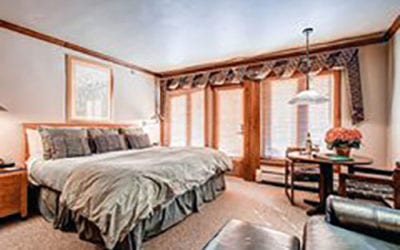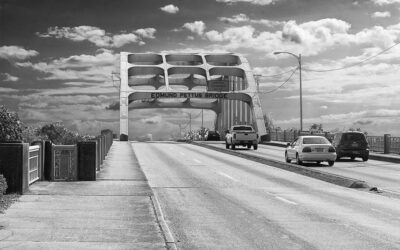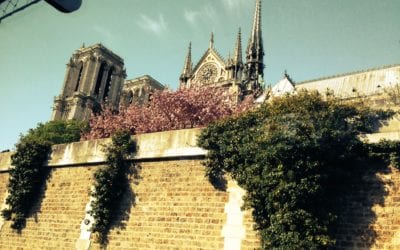The Civilian Pilot Training Program at the Tuskegee Institute
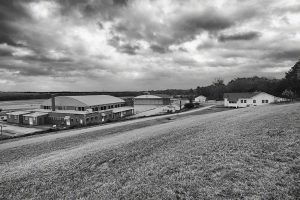
The law contained an amendment authored by Senator Harry H. Schwartz (D-WY) that designated funds for the training of African-American pilots. The U.S. War Department used the appropriation to fund civilian flight schools to train black Americans. The Civilian Pilot Training Program at Tuskegee Institute, now Tuskegee University, an all-black educational institution at the time, was the most notable among the schools training African-American pilots.
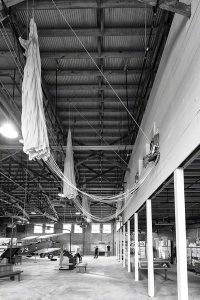
The Tuskegee Institute graduated the first African-American military aviators in the United States armed forces.
When walking around Moton Field at the Tuskegee Airmen National Historic Site, especially when you enter Hanger #1, you’re transported back in time to the 1940s, and segregated America. Parachutes neatly hang from the ceiling and a Boeing Stearman Model 75 Kaydet trainer stands ready, as it did for African American cadets.
Racial bias was essentially systematized in the army in 1939 and resulted in the Tuskegee Institute. A 1925 Army War College study of black troops in World War I concluded that “Negroes” were mentally inferior and “barely fit for combat.” Many, if not most, Army officers at that time agreed with that prejudiced report.
Until 1941, the Army Air Service was all white. The “Tuskegee Experiment” finally broke the U.S. Army Air Service color barrier, though the Service was segregated throughout World War II. White cadets trained at “whites only” bases. The “Tuskegee Experiment” to train Negro pilots began in June, 1941. It had 47 officers and 429 enlisted men.

Basic pilot training took place at Moton Field. While the barracks are gone, much of the Field still looks similar to the way it appeared in 1942, when completed. It was built with private funds provided by the Rosenwald Fund. The Army Air Service assigned officers to oversee the Tuskegee Institute pilot training and provided the cadets with textbooks, clothes, parachutes and planes. The Tuskegee Institute, the civilian contractor, provided facilities for the aircraft and personnel, including quarters, a cadet mess, hangars, maintenance shops, flight instructors, ground school instructors, mechanics, and offices for Air Service personnel.
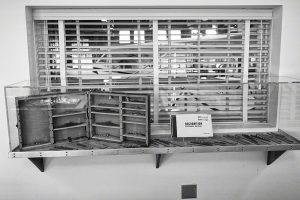
The first Tuskegee Institure class included Captain Benjamin O. Davis, Jr., a West Point graduate who was shunned for the entire time he attended the U.S. Military Academy. Twelve cadets were in that class. Two white officers oversaw their training. Five cadets graduated from that first rigorous training class at Tuskegee. Subjects included: meteorology, navigation, and instruments. After the cadets passed primary flight training at Moton Field, they transferred to Tuskegee Army Air Field, another all-Negro base, to complete their training.
After becoming a pilot, Captain Davis was promoted to Lieutenant Colonel and named the commander of the 99th Pursuit Squadron, soon after the all-black unit was created.
The Tuskegee Institute trained almost 1,000 black aviators for the war effort.
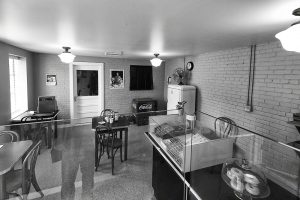
During World War II, the Tuskegee Airmen, the Red Tails, as they were called, because of the red painted tails on their planes, were among the most decorated fliers in the U.S. Army Air Service.
Of the 355 Tuskegee Airmen deployed in Europe, 84 lost their lives. They flew 1578 combat missions, including 179 bomber escort missions. They had the best record of not losing bombers in the Air Service. They received three Distinguished Unit Citations and were awarded a Silver Star, 96 Distinguished Flying Crosses, and 14 Bronze Stars.
The Tuskegee Airmen succeeded despite so many believing they were inferior, and suffered severe discrimination every step of their way. Their perseverance and bravery are an inspiration.
To be at Tuskegee, at Moton, to see where their story in the military began, to walk in their footsteps for a moment, to think about what it must have been like, is a highly worthwhile experience.
(All images of Tuskegee Airmen National Historic Site, Copyright © 2018 NSL Photography. All Rights Reserved.)
After many years working in corporate America as a chemical engineer, executive and eventually CFO of a multinational manufacturer, Ned founded a tech consulting company and later restarted NSL Photography, his photography business. Before entering the corporate world, Ned worked as a Public Health Engineer for the Philadelphia Department of Public Health. As a well known corporate, travel and wildlife photographer, Ned travels the world writing about travel and photography, as well as running photography workshops, seminars and photowalks. Visit Ned’s Photography Blog and Galleries.

